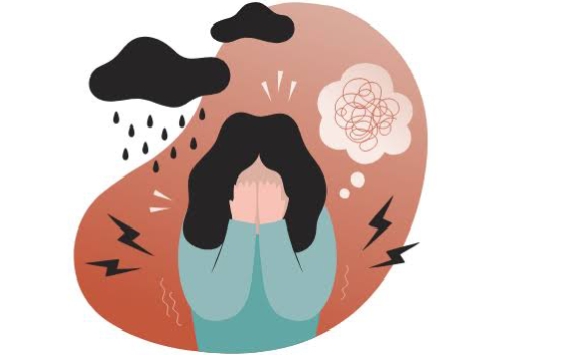Avoidance is one of the core symptoms of PTSD, where individuals actively steer clear of people, places, activities, or even thoughts that remind them of their trauma. While avoidance may provide temporary relief, it can prolong suffering by preventing individuals from processing and overcoming their traumatic experiences. This article will explore the reasons behind avoidance, its impact, and practical strategies for addressing it.
Why PTSD Leads to Avoidance
Avoidance is a natural response to trauma as the brain tries to protect itself from further pain. After a traumatic experience, specific triggers, like a smell, sound, or situation, can stir up intense emotions or flashbacks. To cope, individuals may begin avoiding anything associated with those triggers.
However, avoidance often keeps traumatic memories “frozen,” preventing the brain from processing and integrating them. Over time, this pattern reinforces fear and limits personal freedom, making it harder to heal.
The Impact of Avoidance on Daily Life
While avoidance may feel like a form of self-preservation, it often comes at a significant cost:
Social Isolation: Avoiding people and activities can lead to loneliness and alienation.
Stalled Recovery: Without confronting the trauma, healing becomes difficult.
Increased Fear: The more individuals avoid specific triggers, the more intimidating those triggers become over time.
Limited Opportunities: Avoidance behaviors can interfere with work, relationships, and personal growth.
Strategies for Overcoming Avoidance
Breaking the cycle of avoidance requires patience, courage, and the right tools. Here are some effective strategies:
1. Gradual Exposure Therapy
This therapeutic approach involves slowly confronting triggers in a safe and controlled manner. For example, someone who avoids driving after a car accident might start by sitting in a parked car and then progress to short drives over time.
2. Therapeutic Support
Cognitive Behavioral Therapy (CBT) helps individuals identify and challenge avoidance patterns, replacing them with healthier coping mechanisms.
Eye Movement Desensitization and Reprocessing (EMDR) can help individuals process traumatic memories, reducing the emotional charge of triggers.
3. Build a Support System
Talking to trusted friends, family members, or support groups can encourage and reduce the feelings of isolation that often accompany avoidance.
4. Set Realistic Goals
Start small by setting achievable goals to confront avoidance, such as attending a short social gathering or revisiting a familiar, less intimidating trigger.
5. Mindfulness Practices
Mindfulness techniques help individuals stay present and manage the anxiety that arises when confronting triggers. Deep breathing and grounding exercises can be beneficial.
Conclusion: Confronting Avoidance, Reclaiming Life
Avoidance may feel like a shield against pain, but it also locks individuals into a cycle of fear and isolation. By gradually addressing avoidance behaviors through therapy, support, and mindfulness, individuals can regain their freedom and move closer to healing. Remember, facing fears is a process that takes time, but every small step forward is a victory on the path to recovery.


